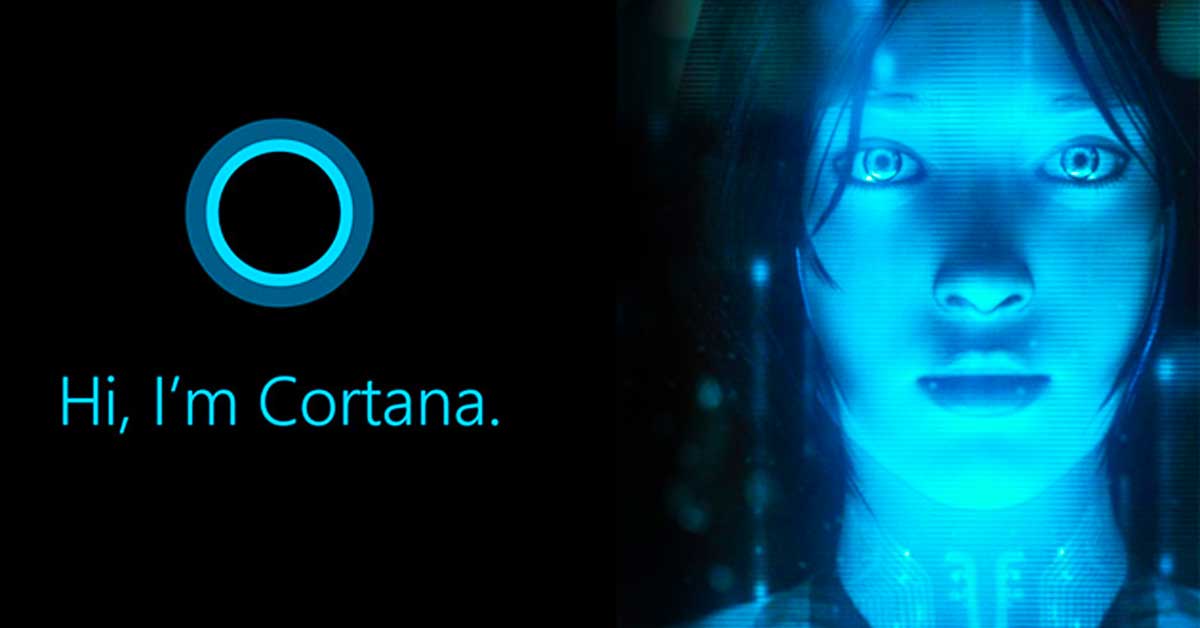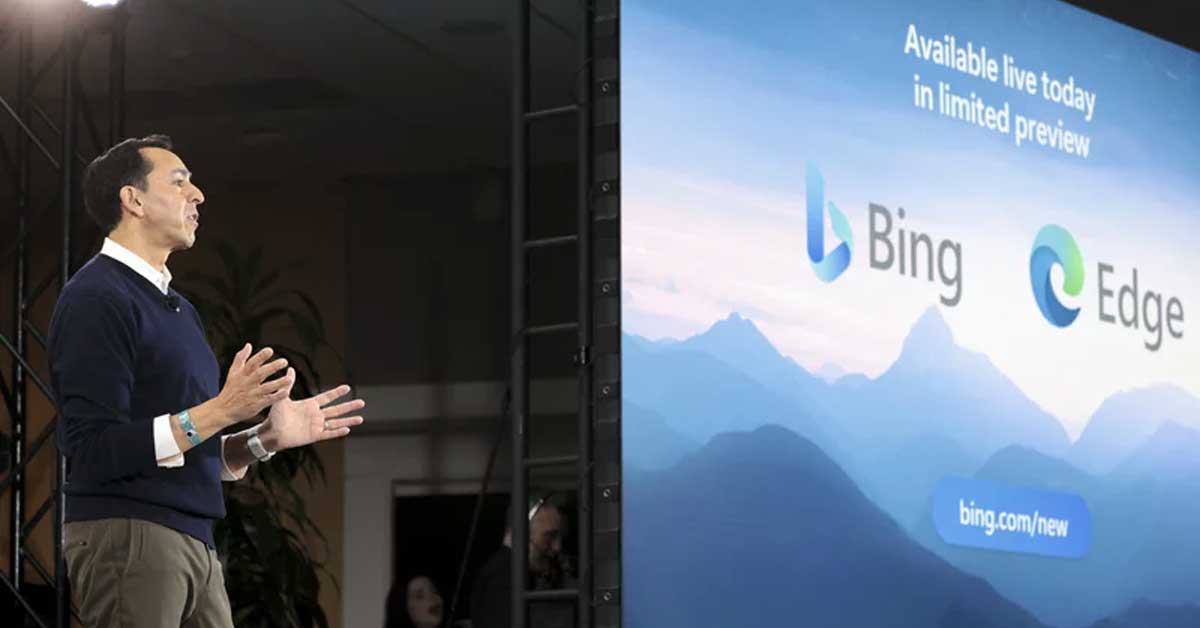To enhance user experience and provide more convenience, Microsoft has introduced voice support to Bing's chatbot on a desktop. Powered by OpenAI's advanced GPT-4 technology, this latest addition allows users to interact with Bing's chatbot using their voice, creating a more natural and engaging conversation.
With voice input initially available on Bing's mobile app chatbot, extending this feature to the desktop platform further enriches the search engine's capabilities. It provides users with a seamless cross-device experience.

The integration of voice support into Bing's chatbot enables users to ask questions and receive responses through text-to-speech functionality. By simply tapping on the microphone icon within the Bing Chat box, users can now speak their queries aloud and listen to the chatbot's voice delivering accurate and helpful answers.
This voice feature opens up new possibilities for users who prefer voice commands or find it more convenient to engage with the chatbot through speech.

Microsoft's voice support for Bing's chatbot currently supports multiple languages, including English, Japanese, French, German, and Mandarin. This broad language coverage ensures a diverse user base can benefit from voice interaction with the chatbot.
Moreover, Microsoft has assured users that support for additional languages is on the horizon, demonstrating their commitment to expanding the voice feature's accessibility and inclusivity.
Adding voice support to Bing's chatbot aligns with the goal of creating a more human-like conversational experience. Microsoft acknowledges that chat assistants and search engines tend to provide more accurate answers when questions are presented in a human-like and detailed manner.

Speaking queries aloud rather than typing them can elicit a more natural and lengthy form of questioning, facilitating the chatbot's ability to deliver comprehensive responses.
To showcase the capabilities of Bing's chatbot, Microsoft encourages users to explore challenging tongue twisters. Using voice input and asking the chatbot, "What's the toughest tongue twister you know?" users can test the chatbot's linguistic skills and enjoy a playful interaction.
The introduction of voice support for Bing's chatbot on desktop comes at a time when Microsoft has decided to discontinue the standalone Cortana app for Windows. While Cortana served as a voice assistant for various tasks, Microsoft now redirects users to leverage the powerful AI capabilities in Windows and Edge.

By integrating Bing Chat and Microsoft 365 Copilot, Microsoft ensures users can still access a range of productivity features driven by artificial intelligence. These AI-powered tools offer an array of functionalities, including answering questions, summarizing content, and adjusting PC settings.
With the forthcoming Windows 11 update, users will have direct access to Copilot through the taskbar, further enhancing the seamless integration of AI capabilities into daily workflows.
Sources: blogs.bing.com













